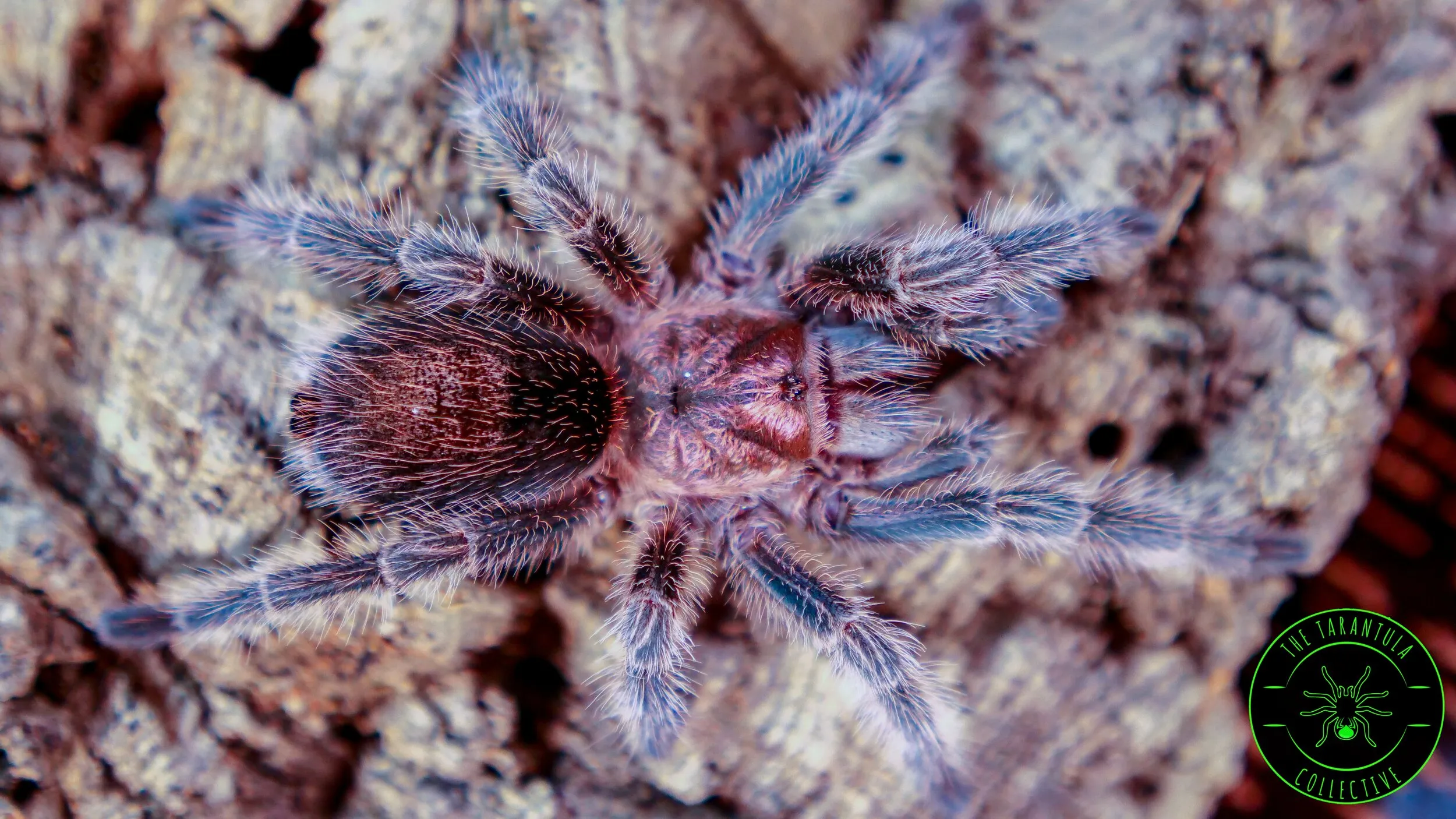The trapdoor tarantula is a fascinating and unique pet, captivating enthusiasts with its ambush hunting style and secretive nature. These spiders, known for their clever burrows and trapdoor mechanisms, offer a rewarding experience for arachnid keepers. This comprehensive care sheet will guide you through every aspect of raising a healthy and thriving trapdoor tarantula, from choosing your spider to understanding its specific needs. Whether you’re a seasoned tarantula owner or a curious beginner, this guide will equip you with the knowledge to provide the best possible care for your fascinating pet.
Choosing Your Trapdoor Tarantula
Selecting a healthy trapdoor tarantula is the first crucial step. Observe the spider carefully before purchasing. A healthy tarantula should be alert, with all legs intact and no signs of injury. Look for a plump abdomen, indicating it is well-fed. Avoid spiders that appear lethargic or show signs of stress, such as curling legs or erratic movements. Consider the species of trapdoor tarantula as well, as different species have varying care requirements and temperaments. Research the specific needs of the species you are interested in to ensure you can provide the appropriate environment.
Where to Buy
Reputable breeders and specialized reptile or exotic pet stores are the best places to buy a trapdoor tarantula. These sources typically offer healthier specimens and can provide information about the spider’s origin and care history. Avoid purchasing from unreliable sources or pet stores that do not specialize in exotic animals, as the spiders may be poorly cared for. Check online forums and communities for breeder recommendations. Ensure the seller can answer your questions about the spider’s care and provide any necessary documentation.
Things to Consider When Purchasing
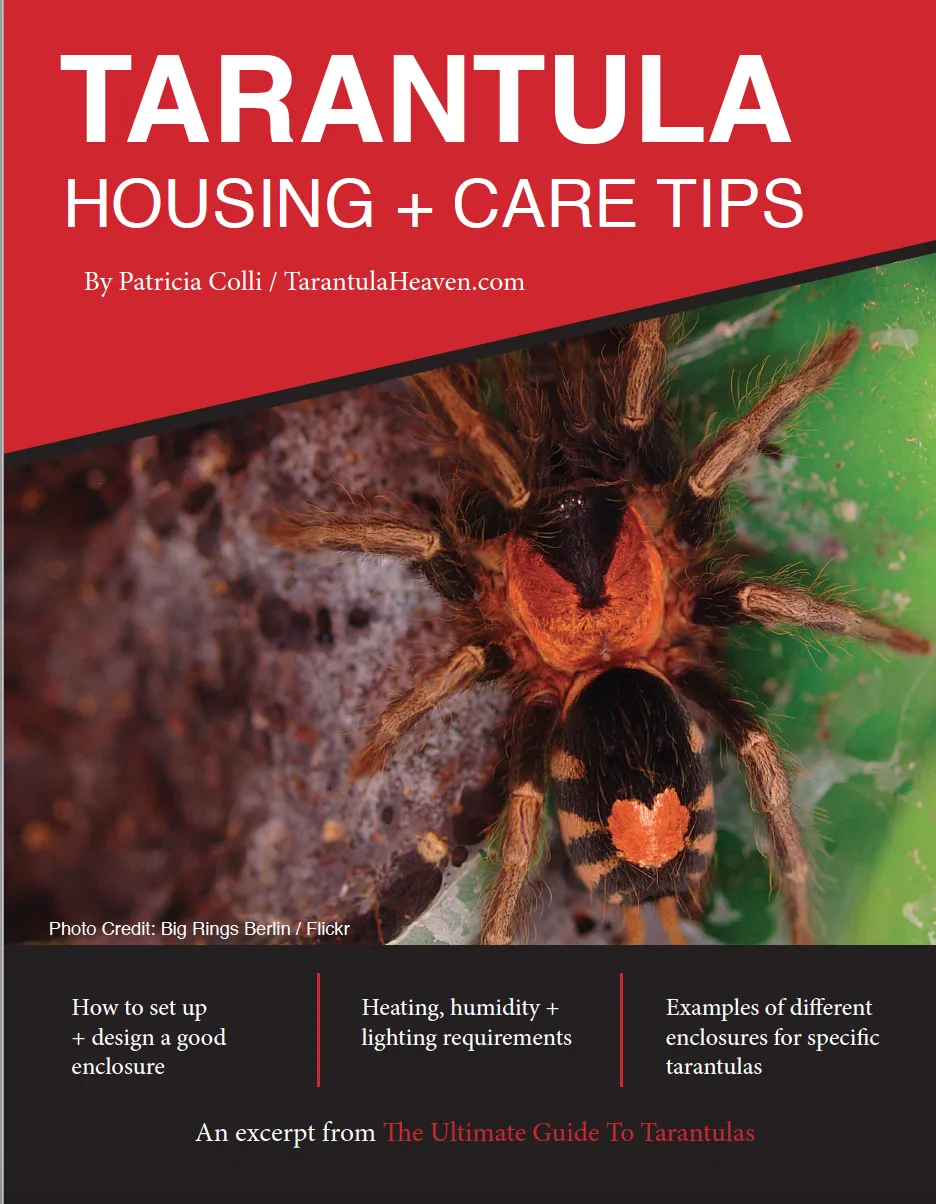
Consider the spider’s age and sex when purchasing. Younger spiders, or spiderlings, are often more delicate and require more specialized care. Sexing trapdoor tarantulas can be challenging, but adult females are typically preferred as they live longer than males. Assess the spider’s overall health and activity level. Ask the seller about the spider’s feeding history and any previous health issues. Be prepared to quarantine the spider in a separate enclosure for a few weeks to monitor for any signs of illness before introducing it to your existing collection, if you have one.
Setting Up the Perfect Trapdoor Tarantula Habitat
Creating the right environment is essential for your trapdoor tarantula’s well-being. The enclosure should mimic its natural habitat, providing security and the necessary environmental conditions. A secure and well-planned habitat will help your tarantula thrive. Consider the spider’s specific needs, and make sure you have the correct equipment before you bring the spider home. The enclosure should be escape-proof, appropriately sized, and filled with the right substrate and decor. Creating a comfortable and secure habitat is crucial for the spider’s health and happiness.
Enclosure Size
The enclosure size should be appropriate for the size of your trapdoor tarantula. A good rule of thumb is to provide an enclosure that is at least three times the spider’s leg span in width and length. Juvenile spiders can start in smaller enclosures, but they will need to be upgraded as they grow. A glass or plastic terrarium with a secure lid is ideal. Ensure that the lid is well-ventilated to allow for airflow while preventing escapes. Avoid enclosures with too much vertical height, as trapdoor tarantulas are terrestrial and do not climb well. The enclosure should also be easy to clean and maintain.
Substrate and Decor
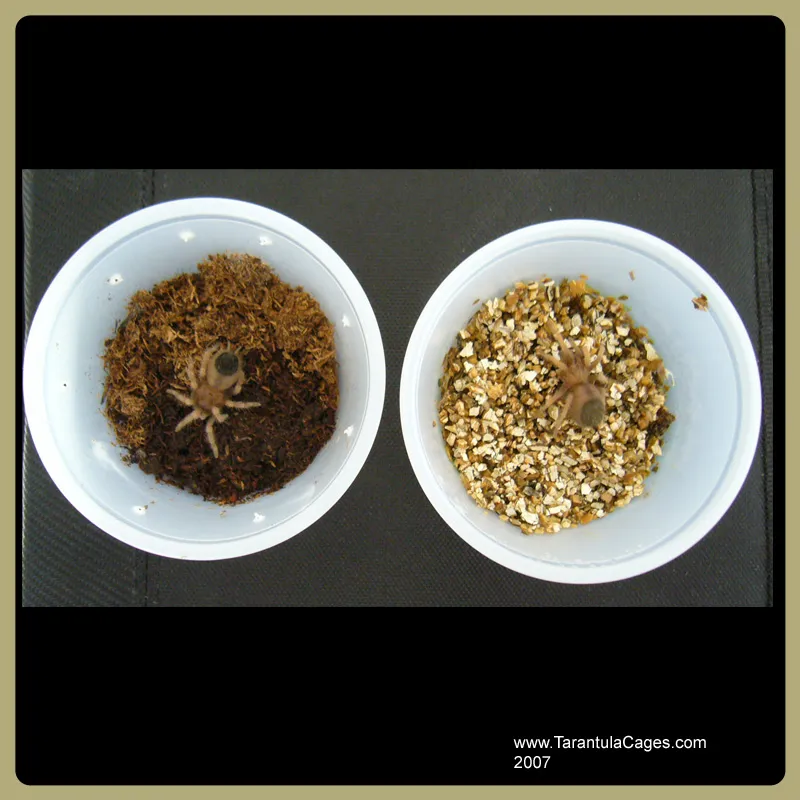
The substrate should allow the tarantula to burrow and construct its trapdoor. A mixture of peat moss, coco fiber, and a small amount of vermiculite works well. The substrate should be deep enough – at least 4-6 inches – to allow for burrowing. Add some sphagnum moss to maintain humidity. Provide a few pieces of cork bark or other decorations for the spider to use as cover and to anchor its burrow. Avoid sharp or abrasive materials that could injure the spider. Ensure that any decorations are secure and will not crush the spider if it burrows underneath them.
Temperature and Humidity
Trapdoor tarantulas thrive in a moderate temperature and humidity. Maintain a temperature range of 70-80°F (21-27°C). A heat mat placed on the side of the enclosure can provide supplemental heat if needed. Use a thermometer to monitor the temperature. Maintain a humidity level of 60-70%. Mist the enclosure lightly with dechlorinated water once or twice a week, depending on the humidity levels and ventilation. Use a hygrometer to monitor humidity levels. Avoid direct sunlight, which can overheat the enclosure.
Feeding Your Trapdoor Tarantula
Feeding your trapdoor tarantula appropriately is essential for its health and growth. Trapdoor tarantulas are ambush predators, so they do not actively hunt. Instead, they wait in their burrows for prey to come close. Offer a variety of insect prey items that are appropriate for the spider’s size. Ensure that the prey is gut-loaded with nutritious food before feeding to your tarantula to ensure the spider gets all the necessary vitamins and minerals.
What to Feed
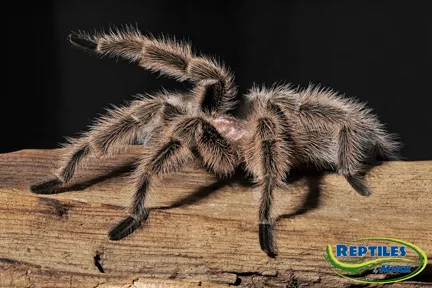
Offer a variety of insects such as crickets, mealworms, and roaches. The prey should be smaller than the tarantula’s body size. Remove any uneaten prey after 24 hours to prevent them from stressing the spider or causing injury during a molt. Avoid feeding wild-caught insects, as they may carry parasites or pesticides. Dust the prey with a calcium and vitamin supplement once or twice a month, especially for juvenile spiders. Ensure that the prey is a nutritious food source.
Feeding Frequency
The feeding frequency depends on the spider’s age and size. Spiderlings and juveniles should be fed 2-3 times a week. Adult tarantulas can be fed once a week or every other week. Adjust the feeding schedule based on the spider’s appetite and body condition. A plump abdomen indicates a well-fed spider, while a shrunken abdomen indicates it may need more food. If the spider is in premolt, it may refuse food; do not force-feed it during this time.
Watering Your Trapdoor Tarantula
Providing fresh water is critical for your tarantula’s health. Trapdoor tarantulas get most of their water from the humidity of their enclosure and from their food. Make sure you provide a shallow water dish with clean water, especially for adults. This dish should be shallow enough to prevent the spider from drowning. Keep the water dish clean and refill it regularly, especially if the spider is still small. Mist the enclosure lightly with dechlorinated water once or twice a week to maintain humidity, or more often in dry environments. Ensure the water is always clean.
Health and Common Issues
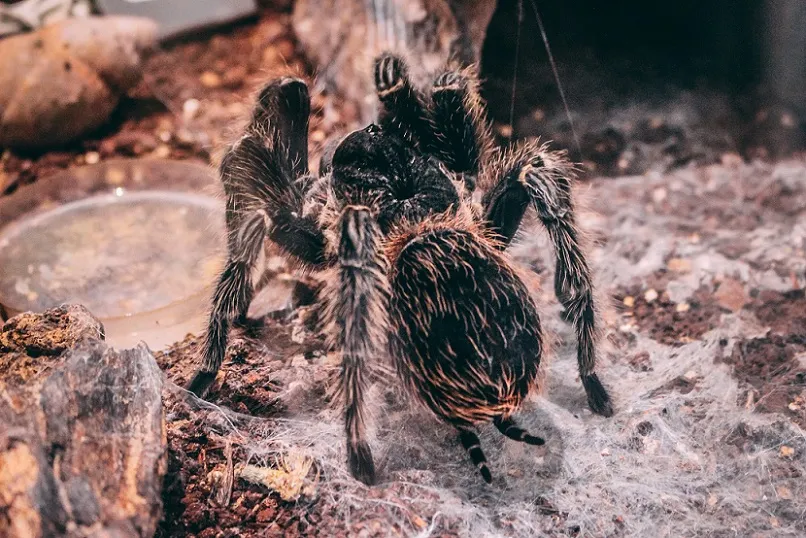
Trapdoor tarantulas are generally hardy creatures, but they can be susceptible to certain health issues. Recognizing the signs of illness and taking proactive measures can help keep your tarantula healthy. Maintaining a clean and proper enclosure is key to preventing issues.
Molting
Molting is the process of shedding the exoskeleton, which is essential for growth. During premolt, the tarantula may become less active and refuse food. The abdomen may appear dark or swollen. Provide a humid and undisturbed environment during this time. Do not disturb the spider during the molting process. After molting, the tarantula’s new exoskeleton will be soft, and it may take a few days to harden. Do not feed the spider until its fangs have hardened. Ensure proper humidity to aid the molting process.
Parasites and Diseases
While rare, trapdoor tarantulas can be affected by parasites and diseases. Mites can sometimes infest tarantulas, and can be identified by small, reddish-brown spots on the spider’s body. Isolate any infested tarantula and consult with a veterinarian or experienced keeper for treatment. Fungal infections can also occur, often due to high humidity and poor ventilation. Ensure proper ventilation and remove any mold from the enclosure immediately. Providing a healthy environment is the best way to prevent these issues.
Handling Your Trapdoor Tarantula
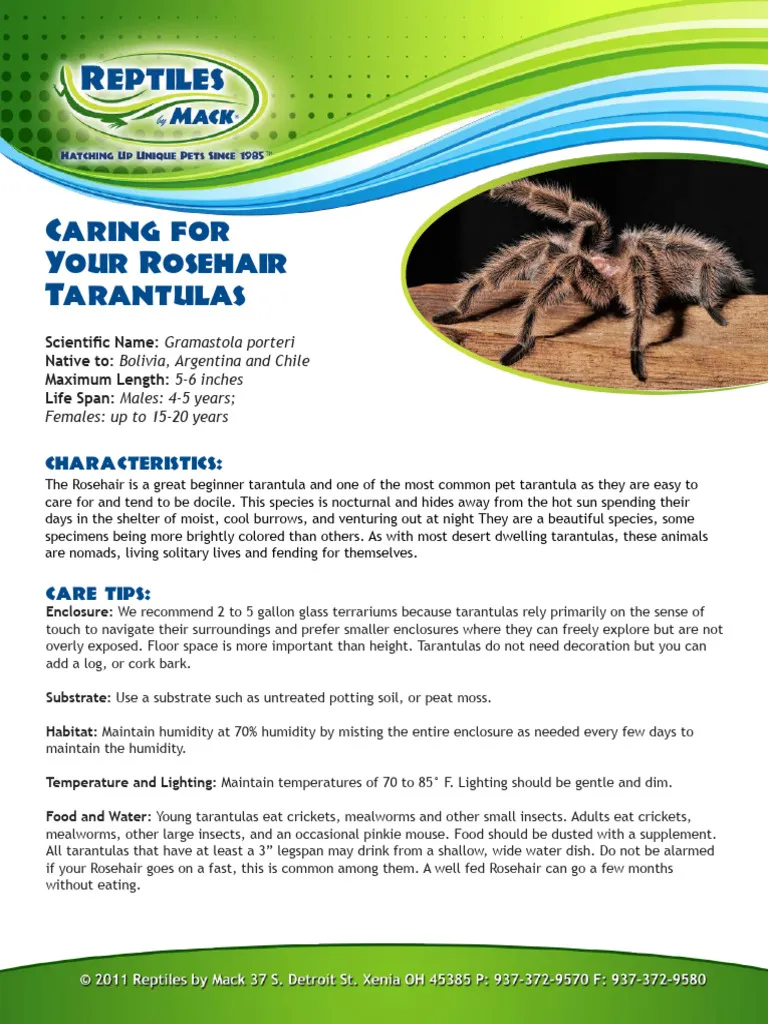
Trapdoor tarantulas are generally not recommended for frequent handling. They are more secretive and are not accustomed to being handled. Overhandling can stress the spider and potentially lead to injury. If handling is necessary, do so cautiously and gently. Always wash your hands before and after handling the spider. Handle the spider over a soft surface, such as a bed or carpet, in case it falls. Never squeeze or pinch the spider. Be aware of the spider’s defensive behaviors, such as raising its front legs, and respect its space.
Conclusion
Raising a trapdoor tarantula can be a rewarding experience for any arachnid enthusiast. By following this care sheet, you can provide a suitable environment that promotes the spider’s health and well-being. Remember to research the specific needs of your trapdoor tarantula species and adapt your care accordingly. Patience, observation, and a commitment to providing the best care will ensure that your trapdoor tarantula thrives and brings you years of enjoyment. Enjoy the unique opportunity to observe this amazing creature in your home.
